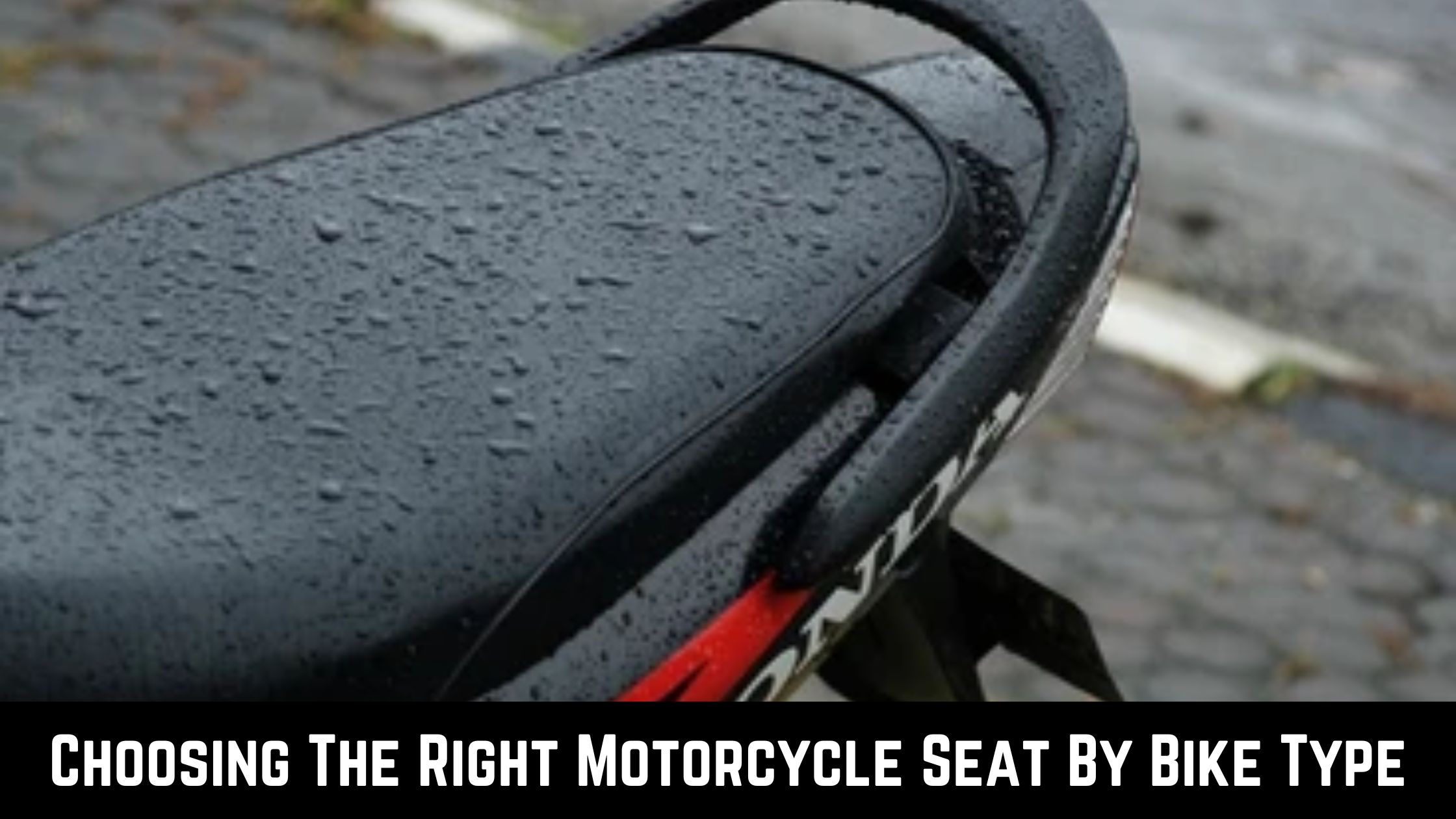
In addition to having R 1250 GS size shoes to fill, the BMW R 1300 GS is up against fierce competition in the market. The Triumph Tiger 1200 is the ‘GS’s closest competitor. Actually, the BMW R 1250 GS served as the model for the design and development of the Tiger. Its inline-triple engine and T-plane crank give it a distinct character in the ADV market. Here is a paper comparison between both.
DESIGN
The Triumph Tiger 1200 is a bike that should appeal to people who seek a lot of road presence because of its sheer size. In terms of design, the bike has a striking silhouette, and features like the exposed subframe, massive fuel tank, and relatively slim tail section demonstrate how form and function can coexist.
Its design philosophy differs from that of the BMW R 1300 GS. Both the Tiger and the new “GS” are somewhat less bulky and sleeker than their predecessors. For people who are new to the world of large-capacity adventure bikes and find their size frightening, this could be advantageous. The new GS has a stylish appearance that is evocative of the previous model.
All things considered, each bike has a nice style and will appeal to a distinct group of customers.
FEATURES
Both motorcycles include an abundance of features, including color TFT displays, connection functions, and all-LED lights. Since the BMW is a more recent model, it comes equipped with more contemporary technologies, including adaptive cruise control and an electric windscreen adjustment.
MOTOR AND PERFORMANCE
A 1,300cc boxer engine with liquid cooling powers the BMW. It has a six-speed gearbox and produces 149Nm at 6,500 rpm and 145bhp at 7,750 rpm. In contrast, the 1160cc, three-cylinder engine of the Triumph Tiger 1200 produces 130Nm at 7,000 rpm and 148 horsepower at 9,000 rpm. In addition, the Triumph Motorcycle engine boasts a T-plane crank, which adds a unique feel and excellent sound quality.
Regarding performance, both engines can travel great distances at high speeds without experiencing any stress.
HARDWARE
The steel tubular frame of the Tiger 1200 is combined with an aluminum bolt-on subframe. It features a mono-shock with semi-active damping and a 49mm Showa USD fork. For the GT variants, the bike is equipped with 19-inch front and 18-inch rear wheels. The Rally versions include a larger, 21-inch tubeless wire-spoke wheel up front and more suspension travel on both ends. Brembo Stylema calipers on the front wheel and a Brembo single-piston caliper on the rear wheel, each with a 282mm disc, handle the braking chores.
The rear subframe of the BMW Bike is fastened to the main frame, resulting in a two-part frame. The GS’s unique Paralever and Telelever Evo suspension distinguishes it from the Tiger’s suspension. Electronically, the suspension settings can be changed. The bike has wheels that are 19 inches up front and 17 inches along the back. Depending on the version, it comes with wire spoke wheels or alloys.
Both bikes’ suspension systems do a great job smoothing out ruts, potholes, and other irregularities. These bikes also handle surprisingly well for their stature, but the Tiger can easily scrape its pegs if you ride it hard around a corner.
PRICE & VARIANTS
Starting at Rs.20,95,000 is the BMW R 1300 GS Pro. The stated price of R 1300 GS is the average ex-showroom price.
Triumph Tiger 1200 GT Pro is priced at Rs.19,39,000. The other three versions cost Rs.20,49,000, Rs.20,99,000, and Rs.21,99,000. They are called Tiger 1200 Rally Pro, Tiger 1200 GT Explorer, and Tiger 1200 Rally Explorer. The prices listed for the Tiger 1200 are average ex-showroom.



